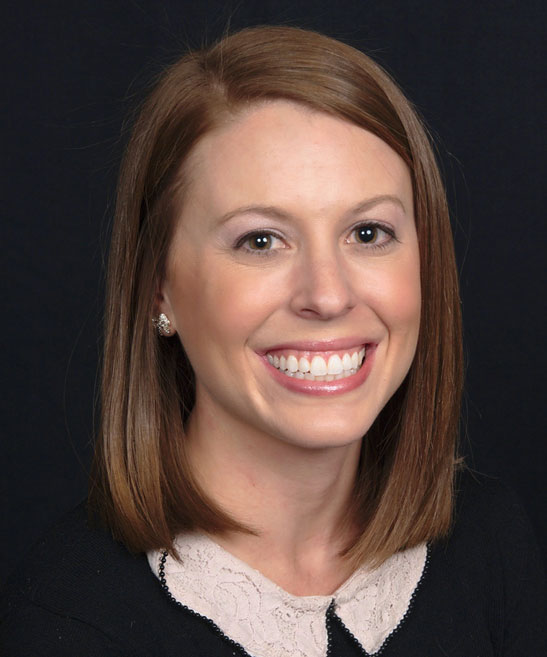
by Stephen Rice | Jan 27, 2016 | blog
Lauren Naccarelli is a kind, humble woman with a strong desire to help people. To celebrate her 28th birthday, she performed “28 acts of kindness,” such as mailing letters to influential people in her life and assembling a group of friends to give flowers to random people on the street.
One summer evening, she was half paying attention to the local news and heard a story about a Facebook page that tells the stories of people who need kidney transplants in the hopes of pairing them with healthy donors. Her curiosity led her online where she was deeply moved by the stories that she read of people who had struggled with live with their disease. She did some research and found out that it was something that she could do – and knew right away that it was something she would do. She contacted her local hospital and a month later she started the evaluation process to ensure that she was fit to be a donor. Six months later she was ready for surgery.
As her surgery date approached, she was mostly excited, but a little nervous, mostly because people kept asking her if she was. She had become friends with another woman who had donated to her mom. The new friend served as Lauren’s informal mentor, walking her through the process and answering her questions.
Her surgery led to a chain saving four lives. And while she had donated anonymously, the recipient – a man from Pittsburgh – found her on Facebook a few months later. She is planning to meet him and his wife next year on their second “kidney anniversary.”
Post-surgery, Lauren feels great. “It feels like it never happened – but in a good way. Life is the same. I still work out all the time and eat the same food.” Her initial recovery did take longer than she expected though. Because she has a high tolerance for pain and was in good shape, she’d committed to hosting a friend’s bridal shower right after getting out of the hospital and ended up getting a virus which landed her back in the hospital. “Getting a stomach virus with stitches was pretty awful. I shouldn’t have been out with so many people.”
In addition to this forewarning to future donors, Lauren’s advice is “if you are considering it, you should probably do it. Reach out to others who have done it too. The blogs about individual experiences were very interesting.” Lauren hopes you’ll visit her blog too.
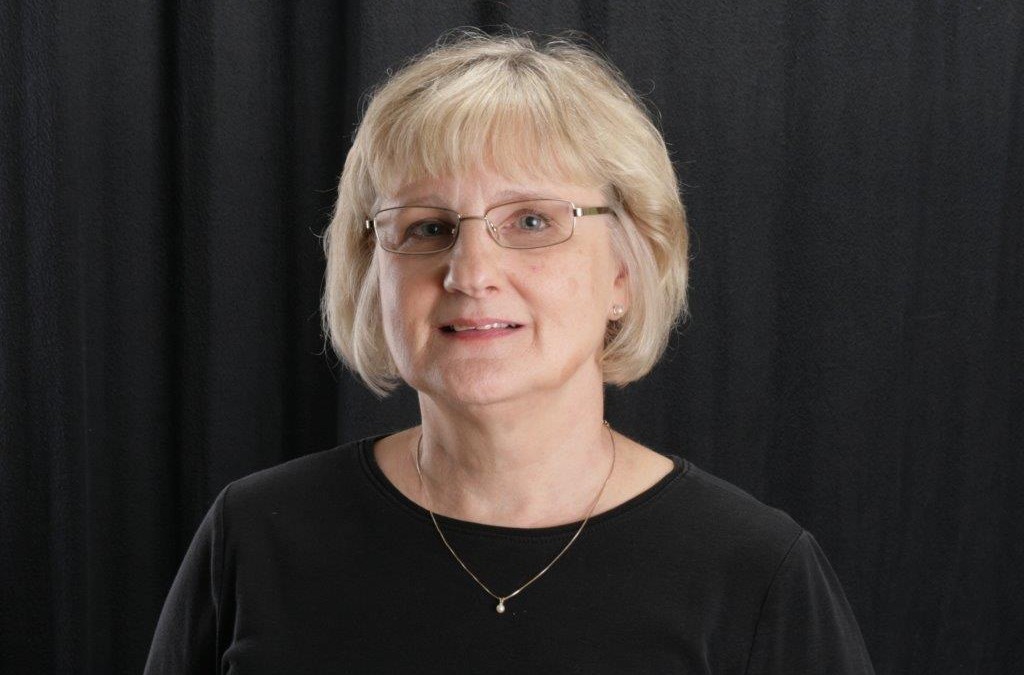
by Stephen Rice | Jan 23, 2016 | blog
In 2007, Anne donated a kidney to her friend of 20 years. As former nurses, they were both familiar with kidney disease. During her career, she had also volunteered as a parish nurse. She, along with her husband, had temporarily cared for a man with kidney disease. Without family to help, the man had needed some assistance getting back on his feet after his transplant surgery. The experience was cathartic, giving her a true sense for the struggles that patients with kidney failure endure, and the relief that transplants can provide them. When Anne found out that her friend had gone into kidney failure, and she immediately said she would do it. “It was simple as that,” said Anne.
After speaking with her husband, who was very supportive, Anne talked to her adult children about her plans. She asked them about their thoughts and about their own health. “My kids were worried, but all were very supportive.” Her employer enthusiastically supported the news as well. “Everyone was very helpful, and I knew it was the right choice,” reflected Anne. Her faith also played a role in her decision-making. With a lift in her voice Anne added, “God gave us two kidneys, but you can do fine with one. The other must have been meant to give as a gift.”
As a person with good health and universal type ‘0’ blood, Anne was confident that she would be a match. Initial test results confirmed her feelings. A full health and psychological evaluation followed. “I was very excited, but worried that I wouldn’t be accepted because I had to go through such a rigorous physical. But everything turned out fine.” It took her about 4 months to move through all of the tests and get scheduled. “It seemed like forever,” remembers Anne.
Her surgery went smoothly. As her anesthesia wore off, she remembers the nurse telling her that the kidney had begun to produce urine right away. “I was so elated that I could hardly stand it! It gave me a lot of satisfaction to help someone who needed it. My friend is a real neat lady and I wanted her around.”
Her recovery was slow. While Anne had always considered herself a great healer, at age 57, it took her about 8 weeks before she was ready to return to work. “It was about 6 months before I was completely Her advice to potential donors? “Find out all of the information that you can. Then make sure the transplant team is able to answer all of your questions and provide you with support. If I could do it all over again, I would. It was that amazing.”
For patients, Anne’s advice is that “if someone offers, trust that it’s what they want to do. They aren’t making the decision lightly. My friend was extremely worried about my health. I kept telling her that she was giving a gift to me.”
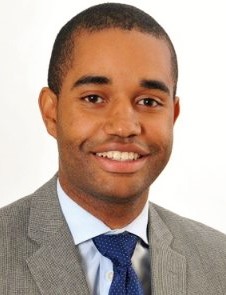
by Stephen Rice | Jan 21, 2016 | blog
Anthony’s mom has had diabetes for most of her life, but her kidney function had never been tested. In 2012 year, she went to see her doctor because of some stomach pain. Her doctor ran some tests. Results concluded that she had an ulcer. But she also learned something far more concerning – diabetes and high blood pressure had eroded her kidney function, and kidney failure was imminent.
When Anthony learned of the diagnosis, he didn’t know what it all meant. He, along with other family members, began doing research to understand available options. His aunt, who lives in New York stepped up first and offered to be his Mom’s living donor. “I was blown away by that,” remarked Anthony. Then Hurricane Sandy hit. “My aunt got too stressed out. I decided I needed to step in, but my Mom was not going let me do it at first. She said, ‘I got myself into this situation. I’ll get myself out.’ She didn’t want to put me or my sister at risk.”
Anthony persisted. For him, it seemed like a logical choice. His sister had considered being tested too, but Anthony was single at the time and didn’t have the same family responsibilities that his sister had. And the bottom line was that he couldn’t lose his Mom. His Mom finally agreed. He was tested, matched, and deemed healthy. He would become his Mom’s donor.
Leading up to surgery, Anthony was very nervous and fearful. What would life be like post-transplant? And what if the procedure fails? “I did some research of lifestyle post-transplant, which was reassuring. But my biggest fear was that it wouldn’t take. I kept thinking, if it fails, then I’m out a kidney and she is back to the same trouble.” Looking back Anthony wished that there was more of a community to talk with. I hadn’t ever talked to anyone else who had done it. The Doctor – that was it.”
Anthony’s surgery was very smooth. “My surgery happened to take place of World Kidney Day. There were no complications. It didn’t affect me or my looks.” He was out of the hospital in a few days and back to work within a month. “I started speaking around the country with the American Kidney Fund. I did my first speaking engagement about two weeks after my surgery.”
Reflecting back, Anthony felt like his choice in becoming a donor was a selfish one. He simply didn’t want to lose his Mom. “I got a chance to be selfless afterwards by being a voice of reason for others in a similar position – something that I didn’t have. I’ve helped four people through their decision-making process to donate. I think this is the most impactful thing that I could do in life.”
His advice for others:
“Think about it hard. If you are religious, look above you and think about whether it is something you feel called to do. Also talk to your family and friends and make sure it’s right for you. You don’t want to have regret or depression afterwards. If you are a patient, my advice is – don’t pressure your family into it. Expose them to people that have done it. The best thing you could ever get is a reference.”
Anthony has plans to get married next fall. He’s always had this vision of dancing with his mom at his wedding to A Song for Momma. “God willing, I’ll be able to do that.”
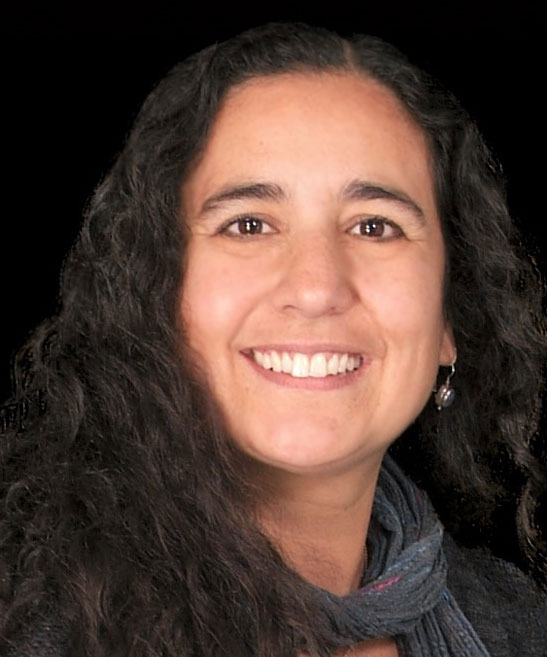
by Stephen Rice | Jan 21, 2016 | blog
Monica, who works as a nurse mid-wife, welcomes babies into the world on a regular basis. As frequent witness to the miracle of life, perhaps it is no surprise that she volunteered to donate her kidney to her co-worker’s son Carlos, a young man who desperately needed a new kidney, but didn’t qualify for insurance given his status as an undocumented immigrant. Monica had known his need for a long time. Her co-worker, a caring and persistent mom, dedicated her free-time to organizing events to raise funds for her son’s transplant. Without access to insurance, $30,000 would need to be raised before the transplant process could even begin. After three years, Carlos was finally listed for transplant.
Over the course of time, Monica had given thought to being the donor. She had learned that there wasn’t anyone in her co-worker’s family who could do it. “He was getting really sick. My impression was that it was dire,” recalls Monica. She was unsure at first, but quietly decided to get tested. Monica’s test results proved a positive match. “I didn’t tell my co-worker. There is diabetes and hypertension in my family and I needed more time to think about it.”
Monica took the time that she needed to make a final decision. There were a number of factors to be considered. She had sick time to use, but there would be lost “on-call” income that her family relied on. Her husband and kids were on board, but she worried about the “what-ifs.” What if one of her kids might need a kidney one day? In order to work through this latter concern, each family member had lab work done to determine blood type. “My kids and my husband all have the same blood type. This was the one thing that I needed to figure out would be okay,” said Monica.
After 3 months of testing and decision-making, Monica was confirmed as a candidate. “The hospital was going to send a letter to the family so I told my co-worker the news after work. She couldn’t believe it!” Two months later the surgery would take place.
Monica was both nervous and excited. “A lot of people thought I was nuts. Close friends tried to convince my husband to talk me out of it and I didn’t tell my parents until afterwards.” Monica admits that the surgery was painful. The opiate-derived pain medication caused a constipation-like side-effect called ileus, which made it hard for her to eat and lasted for about four days. She was out of the hospital in two days and back to work after two weeks. “I really needed a bit longer, but my husband is a stay-at-home-dad and it was important to get back to work so it wouldn’t be a big stress for my family.”
Monica’s advice to other’s considering living donation is that “people shouldn’t be as worried as they are. People seem most worried about the risk of surgery which is small. The amount of times I put myself at much worse risk on a daily basis, like driving to and from work on a highway during pouring rain, is something that helps put the risk into perspective.” She summarizes her own decision-making thought process this way – “I knew from experience that I wouldn’t react to the anesthesia, knew the surgery risks were minute, I’m young and healthy, and the benefits are great.” Monica concludes, “Seeing Carlos thrive, and work, and be a proud member of society, is forever gratifying – and that gives a totally new meaning to helping deliver life into the world.”
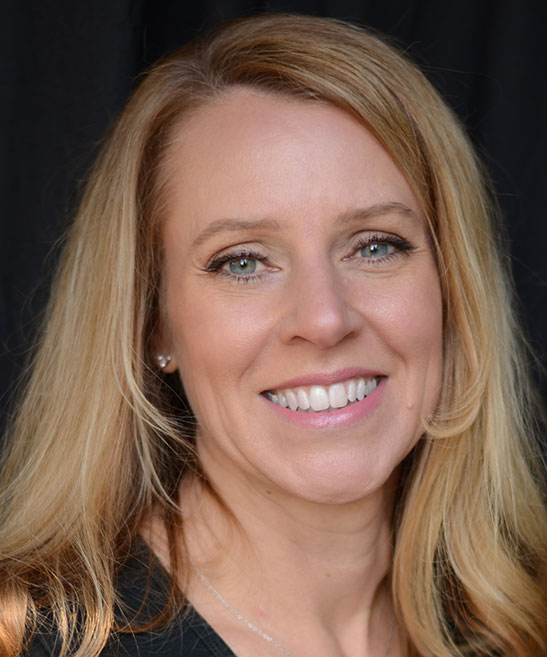
by Stephen Rice | Jan 20, 2016 | blog
Kari Alexander: Living Kidney Donor
Kari Alexander’s daughter used to be in a girl scout troop. As troop leader, Kari oftentimes interacted with parents including Brett, the father of one of the girls. Kari knew that Brett had polycystic kidney disease, but his health wasn’t a regular topic of conversation. They were simply acquaintances whose daughters were friends in the same troop.
Several years later, she saw a Facebook post. His disease had progressed and he was searching for a donor. As soon as Kari saw the post, she felt like she should get tested. “I didn’t think twice,” said Kari. “It seemed like the right thing to do.” Her husband was very supportive and after she found out that she was a match, they told their kids the news. Mom was going to donate a kidney. Their son was a bit too young to fully understand, but her 10-year-old daughter grasped the enormity of it – her Mom was going to save her friend’s dad!
Kari had never had surgery before. She was nervous – especially about the anesthesia, but at the same time felt very confident and at peace about her decision. A meeting with the anesthesiologist calmed her fears and surgery was scheduled.
After surgery, Kari recovered quickly. “I’m a fitness instructor and took some time off of work, but I was back running two or three weeks after surgery. Ever since, my life hasn’t been any different. You forget. Life went back to normal.” Brett also recovered really well and because of Kari’s gift, he never had to go on dialysis.
Three months after the transplant, Kari had a new chance to express her kindness. She and Brett were invited to travel to Chicago to participate in a clinical trial. She provided stem cells for a transplant to Brett which has since allowed him to stop taking two of his anti-rejection drugs. The miracles of science matched with benevolence were once again on display.
For Kari, the most satisfying part of her donation story has been her ability to do something unselfish for someone. “It had such a big impact on his life and everyone in his family.” Kari adds, “the story went viral all over my community. People were bringing me gifts and telling me I was an angel. It was weird, because I didn’t expect the attention.”
Kari also offers advice to others. “If someone is thinking about it, don’t over-read on the Internet. Listen to your doctors and if your family is supportive, it’s a no-brainer.” Kari adds that people that receive this gift don’t need to feel indebted to their donor. “There doesn’t need to be the expectation of a relationship, just acknowledge your donor on the anniversary. Send flowers or a card or whatever!”






Recent Comments